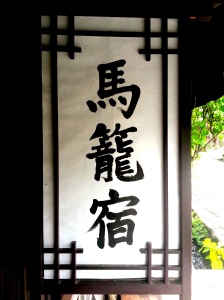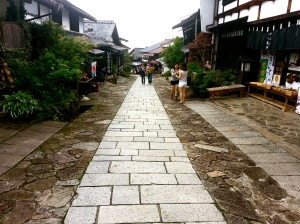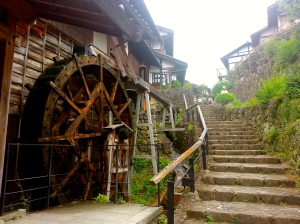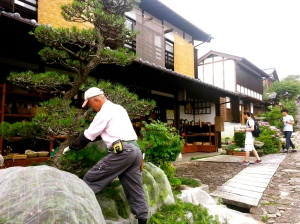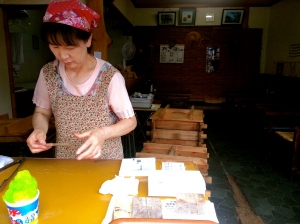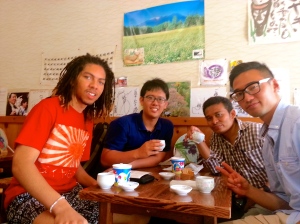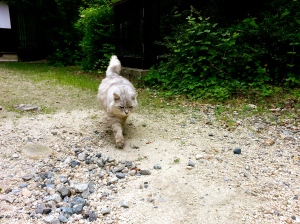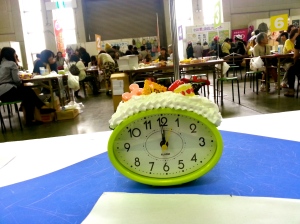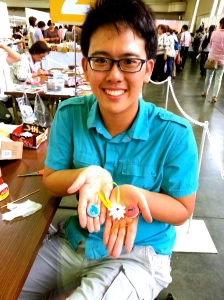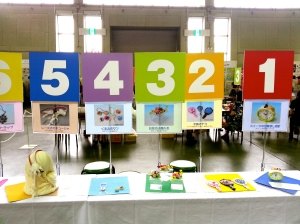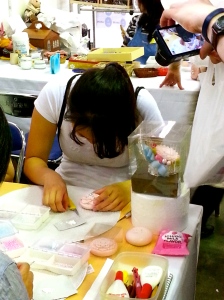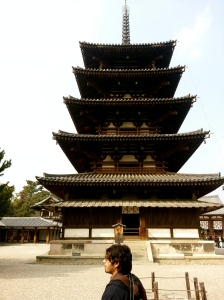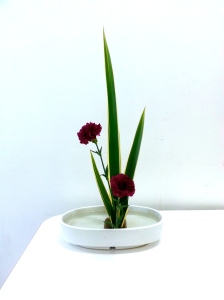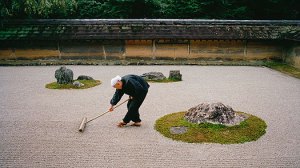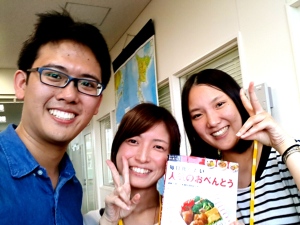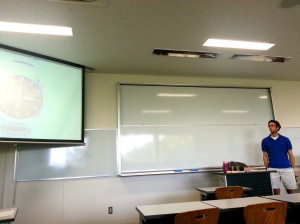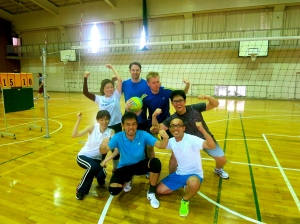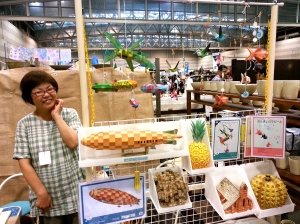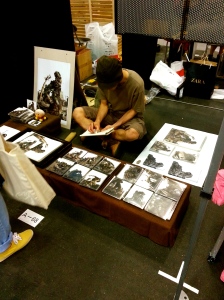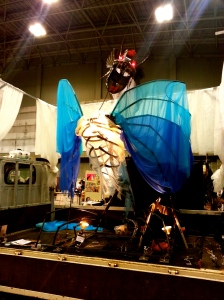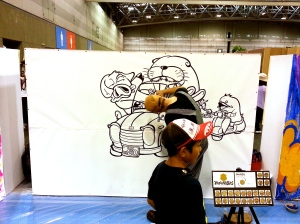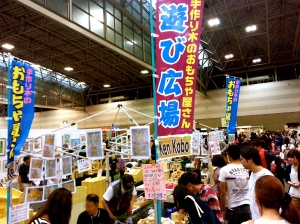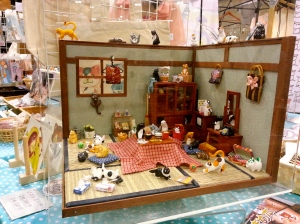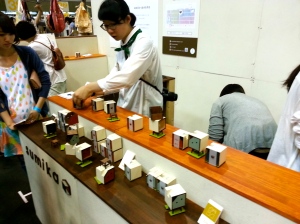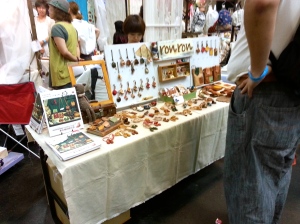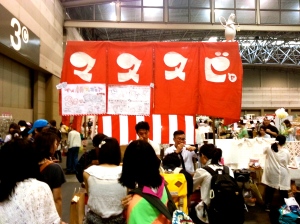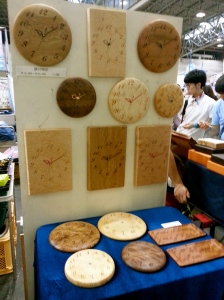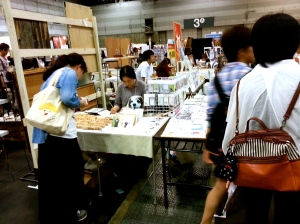Today I’m gonna recap a little of the lessons I learnt today, starting with the most interesting thing: Haikus.
Haiku (俳句)
The Haiku is a short poem with 3 constraints. First, and most obviously, are the syllables. The haiku follows a 5,7,5-syllable structure. The next constraint is that it needs to make some reference to the seasons (autumn, winter, spring, summer). and lastly, there needs to be a cutting word to indicate contrast in ideas or a new idea being introduced. For example:
草臥れて When worn out
宿かるころや And seeking an inn:
藤の花 Wisteria flower– 松尾芭蕉 (Matsuo Bashō)
In this situation, the wisteria flower serves as a reference to nature. The hardiness of the plant could mean lots of things, possibly as inspiration to the weary traveler, or possibly the attitude the traveler took when seeking the inn.
Some notes on Japanese aesthetics:
According to my teacher, the Japanese like to create words of 4 syllables. For example, たとえば、コンビニ、あつめる、ここのか. As a result, the use of 5 & 7 syllables creates an uneven irregular aural experience for the listener.
In addition, Bashō leaves out just enough information to give us the setting, but not telling us about the real feelings of the traveler. The wisteria flower invokes a deep imagery in our minds, and we’re left to fill in the blanks.
We also had a little debate in class about the famous haiku by Bashō on the frog in an ancient pond:
古池や An old pond
蛙飛び込む Frog jumps into
水の音 The sound of water
The professor translated it this way:
Serene ancient pond
In dives a lonely toad
Sound of the water.
The poem could be translated in so many ways depending on the interpretation of the words. In Japanese, it is ambiguous as to whether something is in plural or singular form, so it is purely up to the reader to decide. Also, the simplicity of the poem is such that it strips away all the complex interpretive qualities that we attach to an event and states it simply as it is. As a result, we start introducing our own conceptions of what the piece means and that makes the piece of art complete.
The 「と」Particle
The と particle, in addition to meaning “and”, can also be used to connect two events in another way. Let’s say “A と B”, then the sentence structure is as follows:
When A happens, B always happens.
The idea is something like an inevitable consequence caused by natural disasters, phenomena, or human made inevitable consequences. Example:
秋になると、天気が寒くなります。
When autumn arrives, the weather gets colder.本を読むと、眠くなる。
When I read a book, I become sleepy.
An important grammatical point: When B happens to be an いーadjective, the い will be changed to a くなる. For example おいしい will be conjugated to be おいしくなる. If B is a なーadjective, then a になる will be attached to it. For example, 元気 will be conjugated to 元気になる. Here are more sample sentences:
電気を点けると、明るくなります。
When the light is turned on, it becomes brightお酒を飲み過ぎると、頭が痛くなります。
When I drink a lot of sake, my head starts to hurt.
The particle と can be used to explain directions too. For example:
ますぐいくと、銀行があります。
When you go straight, there will be a bank.右行くと、花屋さんがいます。
When you turn right, there will be a florist.
Charades
In grammar class, we played charades! This was so fun. Essentially, the teacher cut out sample sentences, and made us act them out. Then everyone else had to guess the sentence, grammar included. In our guesses, we had to use 「ながら」, which is used when one person does two things at the same time. For example:
キムさんは音楽を開きながら、勉強しています。
While Kim listens to music, she studies as well.
I’m definitely gonna try this out when I get back to Singapore.
For the next post, I’m going to do a quick reflection on life as a student at Nanzan, which should provide a good summary of what I’m really doing here. Also, I’ll write about some challenges I’m facing, particularly in studying, money and time management. Cheerios!

